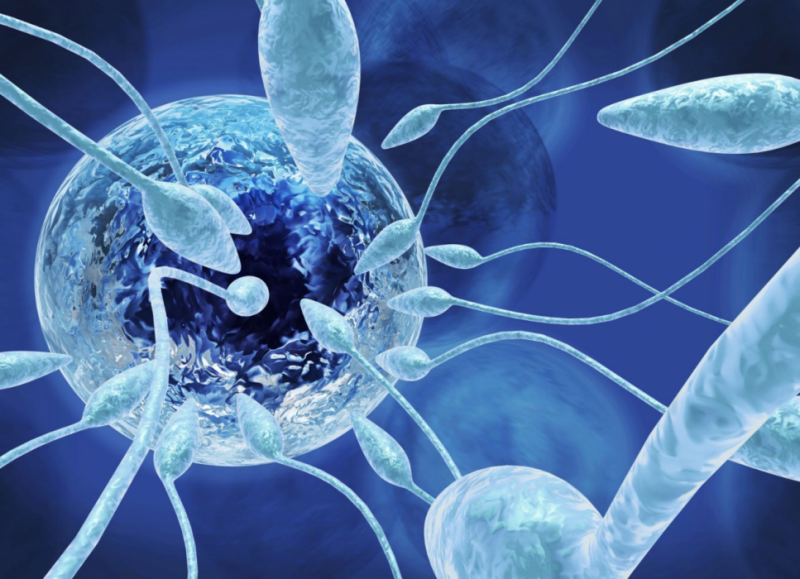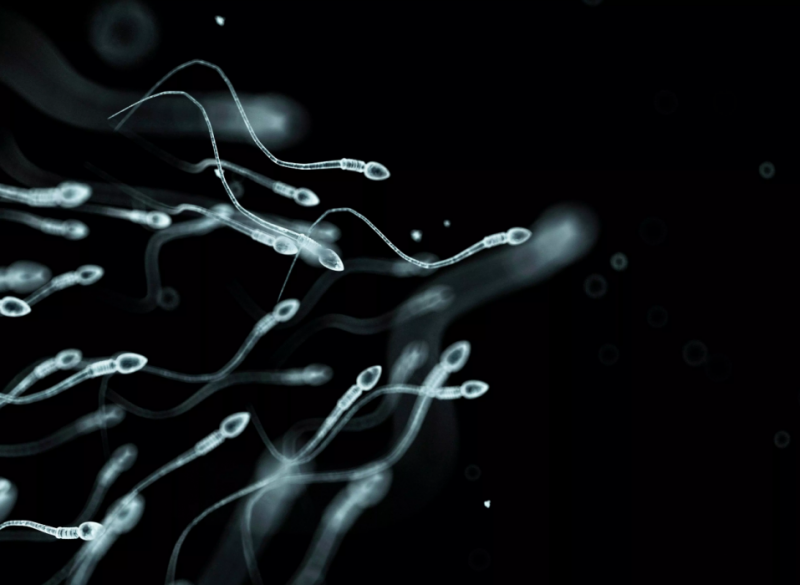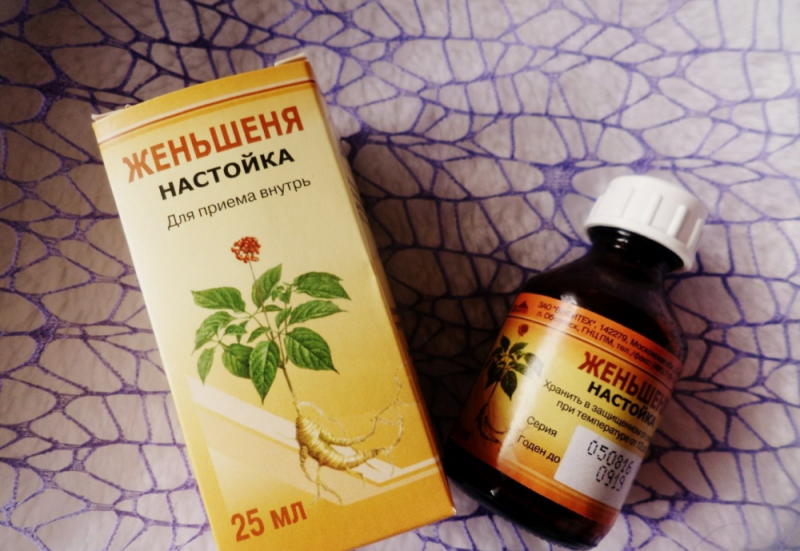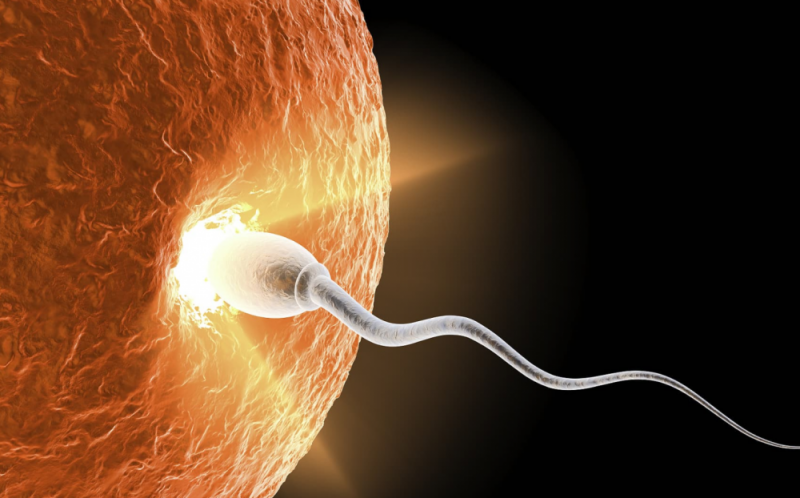Not always a woman is to blame for the absence of pregnancy in childless couples. In half the cases, a man has problems, one of which is asthenoteratozoospermia. Difficulties in the onset of conception of a baby are determined by violations in the quantity and quality of male germ cells that arise for various reasons.
Material Content:
What is asthenoteratozoospermia?
Normally, fertilization of the egg occurs by the only, most active and motile sperm. But often these main properties of the male reproductive cell change so much that fertilization cannot take place due to asthenoteratozoospermia, and what is it and how to solve the problem, we will understand it together.
A sperm is a motile cell, capable of translating, that is, moving forward at a fast or slow pace and having the ability to fertilize an egg. But there are sperm that can make the wrong vibrational or other movements with slight advance or completely be immobilized.
But changes in the reproductive cell can occur not only in its movement. Sometimes its structure suffers, which manifests itself in the form of enlarged head sizes or its doubling, a very small or, conversely, a very large flagellum.
Such a sperm is incapable of proper movement and fertilization.This pathology, which includes disorders in the movement of sperm or their cellular structure, is asthenoteratozoospermia.
Reasons for the development of pathology
To date, scientists have not yet clarified the specific causes leading to the development of male infertility.
But there are a number of factors that have a negative effect on male seed, such as:
- infectious and viral pathologies of any etiology - mumps occupies a special place in this group, often giving complications in the form of testicular inflammation, sexually transmitted infections (gonorrhea, syphilis, chlamydia, trichomoniasis);
- traumatic damage to the external genitalia - an accident or a fight, riding a bicycle or horse;
- hormonal problems;
- congenital anatomical anomalies - cryptorchidism, anarchism, varicocele;
- external factors - harmful working conditions, radiation activity, chemotherapy and radiotherapy, difficult environmental conditions;
- smoking, alcohol abuse, inactivity,
- household factor - overheating of the testicles (frequent visits to the sauna, driving a car with heated seats), wearing tight linen and jeans;
- endocrine diseases - diabetes mellitus, hypothyroidism.
Despite the fact that it is not always possible to establish the causes of male infertility, often medication can give a good result in terms of conception of a child.
The severity of the violation
During asthenoteratozoospermia, several degrees of pathology development are distinguished, which correspond to the following criteria for spermatogenesis disturbance:
- 1st degree - sperm actively move and have the correct configuration, but their number is not more than 50%;
- 2 degree - the content of the number of quality germ cells in the ejaculate is observed in the range from 30 to 50%;
- Grade 3 - the number of normal sperm does not exceed 30%.
When assessing sperm activity, their motility and orientation are taken into account.
This feature of sperm cells divides them into several groups, such as:
- group A - sperm are active, move correctly and only forward at a speed of about 30 cm per hour;
- group B - low sperm motility, but their movement is maintained in the right direction, that is, only forward;
- group C - gonads are active, have a good speed, but cannot move forward, because instead of translational movements, rotational actions are carried out around its axis or back. Such sperm are not able to reach the egg and produce fertilization;
- group D - gonads are completely immobilized or have very minor attempts to move.
All these indicators are necessarily taken into account when making a diagnosis, prescribing a course of treatment, as well as in relation to the prognosis for the probability of fertilization.
Is it possible to get pregnant naturally
Asthenoteratozoospermia does not give clinical symptoms, and the detection of deviations from the norm occurs by chance, in the diagnosis of concomitant diseases, or in the examination of childless spouses. The possibility of natural conception will depend on the degree of pathology of the sperm of a man.
The presence of a 1 degree of deviations from the norm is a favorable prognostic sign for a healthy woman to become pregnant naturally. Early diagnosis increases the chance of having a baby.
If sperm are active, but they are few, and a woman does not have a pregnancy, the IVF (in vitro fertilization) method gives a good result. A mature egg is fertilized by a healthy active sperm and implanted in the uterine cavity for further development of the embryo.
But if a 2 or 3 degree of sperm pathology is determined, conception is in question. In order to identify as early as possible qualitative or quantitative changes in sperm, as well as the degree of abnormality, it is necessary to undergo an examination.This makes it possible to correctly diagnose and prescribe appropriate treatment.
Diagnostic Methods
A feature of the course of asthenoteratozoospermia is the absence of symptoms. With this pathology, the general condition of a man, as well as his intimate life, do not suffer. The only problem is the absence of pregnancy in a healthy spouse for a year or more.
The main method for diagnosing asthenoteratozoospermia is a spermogram, which makes it possible to determine the degree of sperm insolvency.
Before its delivery, it is necessary to conduct appropriate training, which consists in the following activities:
- 3-5 days before the test, an intimate "rest" is observed;
- bad habits are excluded - drinking beer, alcohol, smoking;
- visits to saunas and baths are prohibited;
- any physical stress is limited;
- wearing underwear, restraining movement, and also from synthetic fabrics is excluded.
Before the test is completed, the bladder is emptied and the genital hygiene. Then, by masturbation, a seminal fluid is obtained, which is delivered to the laboratory within an hour for the microscopic examination of the ejaculate. Semen analysis is repeated 2 or 3 times with a break of 14 days.
If pathological forms of sperm are found in large numbers, an extended examination is indicated.
In addition to the spermogram, the following laboratory tests and instrumental studies are prescribed:
- blood, urine for a general analysis;
- blood chemistry;
- urethral swab;
- blood sugar;
- blood on the MAR test (the presence of antisperm antibodies in the body);
- blood for prolactin and testosterone;
- Ultrasound of the pelvic organs and testicles;
- according to MRI.
A full examination of the man makes it possible to determine the diagnosis of asthenoteratozoospermia and the appointment of appropriate treatment.
Important! Qualitative and quantitative changes in the male sex cells do not exert a pathological effect on potency and do not alter the physiology of intimate life.
Traditional treatments
Therapeutic measures are aimed at improving spermatogenesis and the appearance of full-fledged active sperm. A prerequisite for achieving this goal is the elimination of bad habits, correction of diet and the transition to a healthy lifestyle.
Sometimes this is enough for the spermogram to begin to change for the better.
Drug treatment for potentiation of spermatogenesis includes the appointment of the following drugs:
- folic acid - has the ability to stimulate the production of dynamic and morphologically complete spermatozoa;
- Supplements Spermactin - a drug that can improve the structure and motility of sperm, which leads to an increase in the possibility of fertilization of the egg;
- Tribestan is a herbal remedy that stimulates sperm motility;
- Vitamin E - helps increase the concentration of male testosterone.
If the examination diagnoses a disease that caused asthenoteratozoospermia, treatment of the underlying pathology is performed. If, with a change in lifestyle and the availability of drug therapy, the expected result is not observed, the ICSI method is used, before which the hormone stimulation is performed on the man.
This is a modern method of treating male infertility, when morphologically modified sperm take place. ICSI or intracytoplasmic sperm injection is a procedure based on modern technology.
The essence of the method is as follows:
- a mature egg is removed from the body of a woman;
- it is placed in a special environment for a certain time;
- the specialist selects the most active and potentially healthy, from a morphological point of view, sperm;
- the embryologist using special equipment introduces the prepared sperm into the egg;
- if fertilization has occurred, after 2-3 days this egg returns to the woman’s uterus for the further development of pregnancy.
The method gives a good result in the treatment of asthenoteratozoospermia, but requires certain indications.
Folk remedies
Improvement of spermatogenesis and the appearance of more healthy and active spermatozoa can be achieved using traditional medicine. Decoctions and tinctures prepared on the basis of medicinal herbs give a good result, especially in combination with medicines.
The following folk remedies have a positive effect on a man:
- a decoction of the leaves and roots of plantain - 30 g of raw material is filled with 200 ml of boiling water, followed by placing the product in a water bath for half an hour. After cooling and filtering, 30 ml is taken 3-4 times a day;
- ginseng tincture - taken 15-20 drops 3 times a day;
- tincture of Eleutherococcus - taken 20-25 drops 3 times a day.
Treatment with traditional medicine is possible only after consulting a specialist who determines the type of herbal medicine, daily intake and duration of the course.
Prevention
Preventive measures to prevent the development of asthenoteratozoospermia include the following measures:
- maintaining a healthy lifestyle;
- rejection of bad habits;
- playing sports;
- timely treatment of chronic pathologies of the pelvic organs;
- use of protective equipment during sex with random partners.
Observance of these simple rules of prevention and timely examination by a specialist in case of problems with conceiving a child in a married couple will allow to detect asthenoteratozoospermia in time and conduct complex treatment.



















